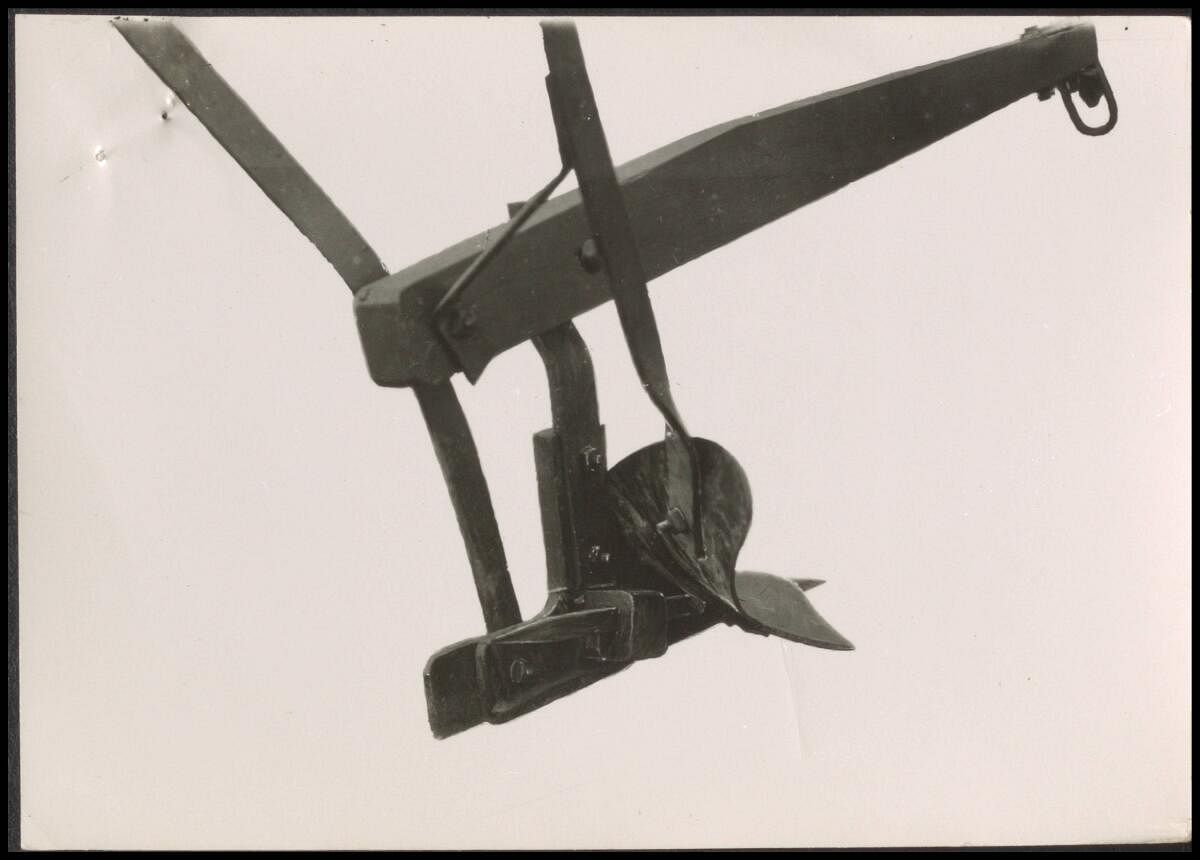
If you think of archives as dry, dusty and dreary, the archives at the National Centre for Biological Sciences (NCBS) will speedily disabuse you of that notion. On June 16, the NCBS Archives launched their Leslie Coleman collection with an unusual community event. A roomful of people listened to the riveting story of a man who came from afar and helped people in the erstwhile Mysore state grow more food, sugarcane and coffee. The storyteller was Bharath Mallik, retired dean at the University of Agricultural Sciences (UAS), Bengaluru. And like a good community event, there was much sharing from the participants.
The Coleman papers comprise hundreds of rare documents, letters, hitherto unseen photographs, newspaper clippings and other objects pertaining to the life and work of the Canadian scientist, Dr Leslie Charles Coleman (1878 – 1954).
Coleman came to India in 1908 and joined the service of the Mysore State. In 1913, he helped establish the Department of Agriculture in Mysore, becoming its first director. With his strong emphasis on agricultural research, especially on plant pests and diseases, he nurtured a cadre of trained and talented scientists, including the pathologist M J Narasimhan, the chemist H V Krishnayya, the entomologist K Kunhi Kannan and the plant geneticist K Badami Venkata Rao. Recognising his flair for administration and building institutions, the Mysore government gave Coleman the additional responsibilities of overseeing the sericulture and veterinary departments.
Repeated bouts of illness forced Coleman to return to Canada in 1934, though his heart always remained in India. His work here also left an enormous and indelible impact on agriculture and several allied fields.
After Coleman passed away in 1954, his daughter Ann Widdowson maintained the family’s ties to India. She made several trips here to meet her father’s friends and colleagues, and to visit the many institutions that he had helped set up across the state. Mallik met Ann in 2014 when she was invited to the first of the annual Coleman Lectures organised by the departments of entomology and plant pathology at UAS. When Ann passed away, her husband Thomas Widdowson sent all her father’s papers over from Canada to Mallik, who in turn handed them over to the archives at NCBS. As Venkat Srinivasan, head of the Archives at NCBS, observes, “With any archival material, it is a miracle that the material survives, and it is an even bigger miracle that it makes it into an archive.”
Keen storytelling
As someone working on a book about Coleman, Mallik’s passion for the archival materials and their subject is apparent. With photographs and other props, Mallik has us spellbound as he tells us how different types of soils require different ploughs, and how Coleman redesigned the Kolar Mission Plough to create the popular Mysore Plough.
Practically every object in the archive tells a story that fills in a different facet of Coleman, but also of the Mysore State and its development. A rather touching letter from students, dated 1915, thanks Coleman for his kindness during their years in the agricultural college; Coleman had helped set up this college in Hebbal, Bengaluru in 1913. His work in sericulture is reflected in lovely photographs of sericulturists in a grainage in Channapatna. There are several photographs and reports from the Coffee Experiment Station (now called the Central Coffee Research Institute) which he established in Balehonnur in 1925. This was a pioneering institution devoted to research on coffee breeds and diseases.
Another of Coleman’s interventions that altered people’s lives forever was his work in Mandya. In the 1930s, thanks to the newly-built Krishnarajasagara dam, farmers around Mandya moved from dryland farming to growing more sugarcane. To help them, Coleman urged the government to set up the Mysore Sugar Company in Mandya in 1933. An interesting exhibit in the archive is a formal address printed on silk and presented to Coleman in 1954 by the chairperson and directors of the Mysore Sugar Company. Giving details of the sugar factory’s early days, the address thanks Coleman, saying, “If Mandya is what it is today, the credit for it goes to you in a large measure.” According to Mallik, “Even today, people in Mandya revere Coleman for starting the sugar factory.”
Available to all
The Coleman archives are about much more than just agriculture. As such, they will be of interest to historians of science, of course, but also to journalists, agriculturists, scientists, and anyone interested in the history of Bengaluru or Mysuru. Unlike most other archives in the country where virtually impregnable gatekeeping actively disheartens and discourages public use, the archives at NCBS are open to the public and are also available online through their website.
It is thrilling to be able to read chatty letters from Coleman’s family and colleagues, many of them sprinkled with news of eminent figures in Mysore’s history, including administrators like Visveswaraya, M N Krishna Rao and others. I was also excited to pore over nearly century-old photographs of Bengaluru, Mysuru and several places of historical interest including Halebidu, Belur, Shravanabelagola and Nandi.
For Srinivasan, archives should be public spaces, a commons where “people from different walks of life come together and are able to reflect on an idea, on memory.” Such a coming together did, in fact, happen at the launch of the Coleman papers. A grandson of a colleague of Leslie Coleman attended the event, shared some anecdotes and memories and even presented some papers to the archives.
Both Mallik and Srinivasan encouraged others to share what they knew about the people and places that feature in the photographs and letters. “The fact that something enters an archive is the beginning of the archive, it is not the end of the archive. It is when it can start to survive and live,” says Srinivasan.
(Meera Iyer is the author of ‘Discovering Bengaluru’ and the Convenor of INTACH Bengaluru Chapter.)